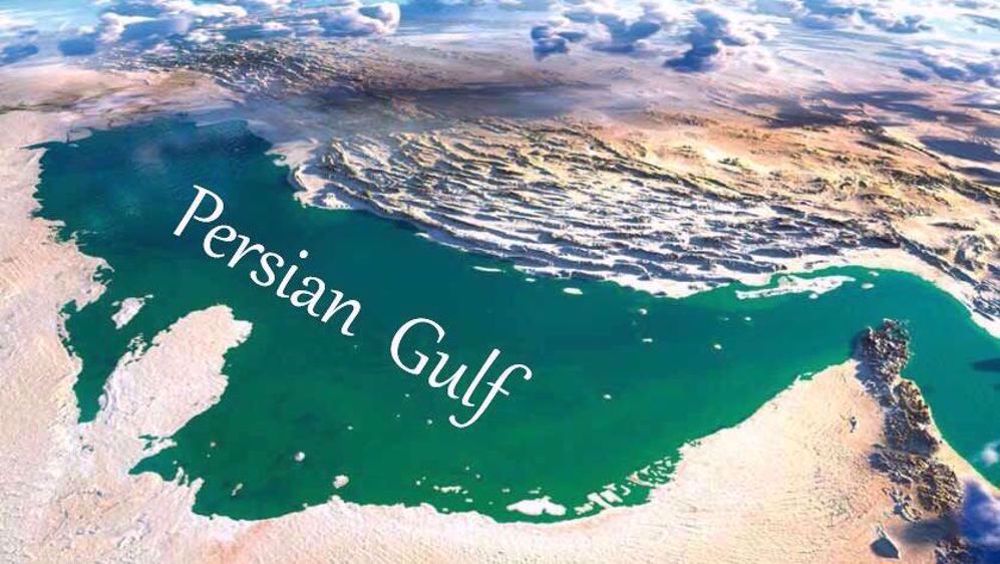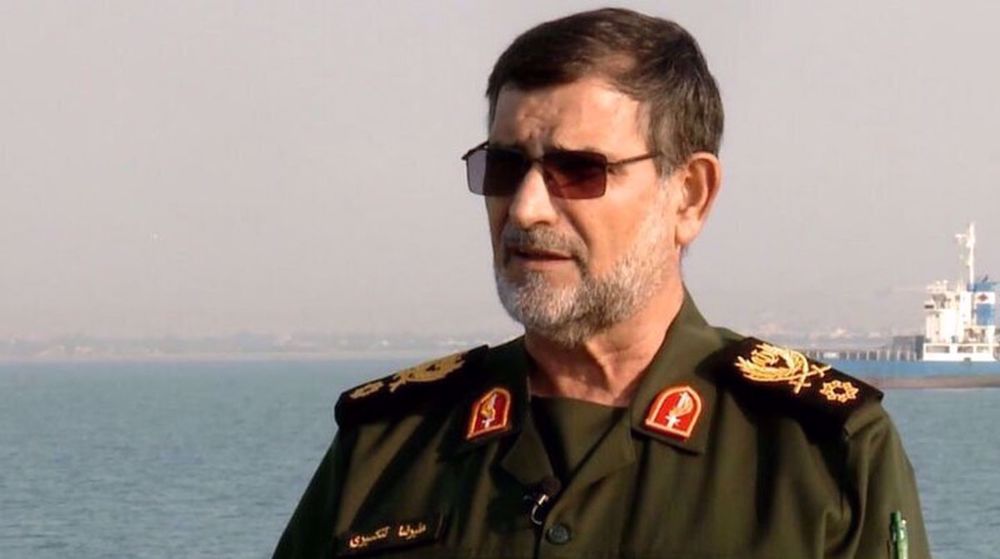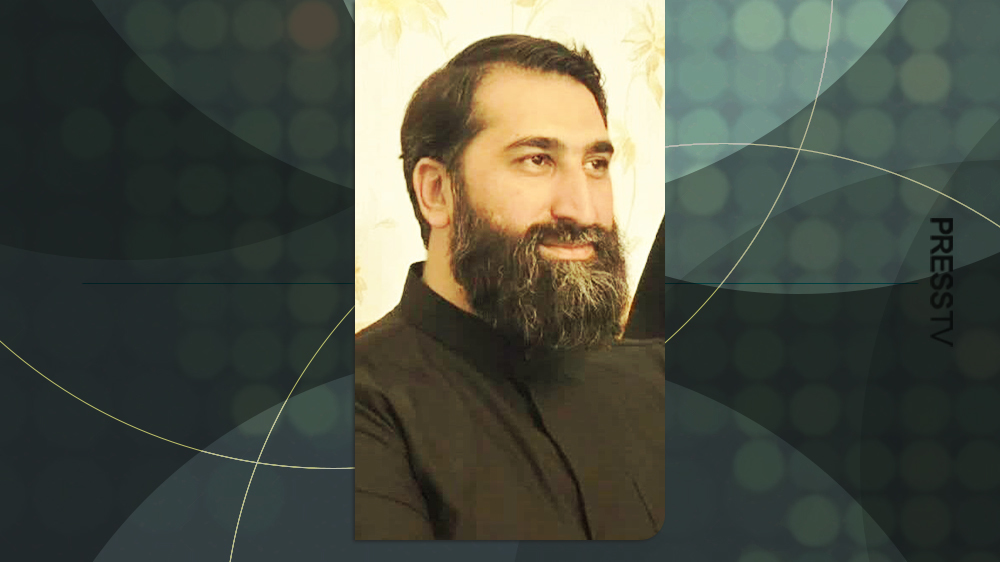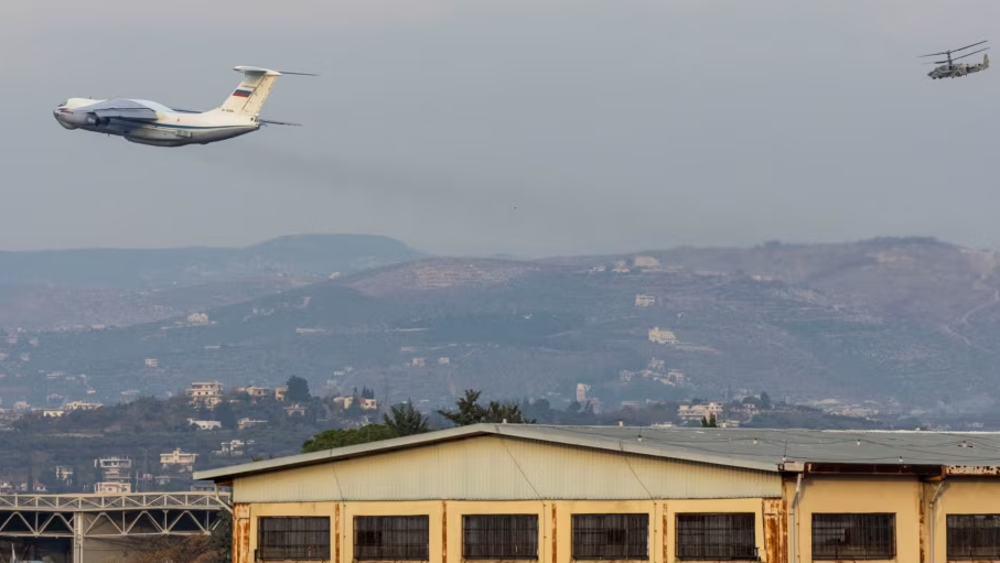Persian Gulf security to be ensured with participation of littoral states only: Iran FM
Iranian Foreign Minister Hossein Amir-Abdollahian says the security of the Persian Gulf will only be ensured with the participation of all the littoral states and that negligence from any party involved is unacceptable.
Amir-Abdollahian made the statement in a message on the occasion of the Persian Gulf Day, annually celebrated on April 29 or 30, which represents Iran’s anti-hegemonic stance and a dismissal of futile attempts by certain regional countries to rename the strategic body of water. It also coincides with the anniversary of the expulsion of the Portuguese Navy from the Strait of Hormuz in 1622.
“The Persian Gulf, as a unique transit route between Europe, Africa, South and Southeast Asia, and from a strategic point of view, is part of an important global connection system involving the Atlantic Ocean, the Mediterranean Sea, the Red Sea and the Indian Ocean,” Amir-Abdollahian said.
“The importance of the Persian Gulf from historical, civilizational, geographical, cultural and various economic, political, energy transportation and geopolitical aspects defies any explanation or repetition, which makes the importance of this body of water very remarkable around the world,” he added.
The top Iranian diplomat described security as a complex and multi-dimensional issue that can be defined through collective cooperation, strengthening ties and creating political, economic and social mechanisms.
“The security of the Persian Gulf will be ensured with the participation of all the coastal countries only, and to this end, exceptions or ignorance on the part of any of the countries are not accepted,” Amir-Abdollahian said.
“Given the common values as well as ties with the people of the region, the Islamic Republic of Iran has always been ready for cooperation to share its capacities for the purpose of sustainable development of the Persian Gulf in all fields, from environmental phenomena and tourism to military security and economic relations,” he added.
Amir-Abdollahian also expressed Iran’s readiness to utilize its achievements to promote peace, stability, development and progress in the region.
The Persian Gulf — which spans some 251,000 square kilometers — is bounded by the Arvand River in the north, which forms the frontier between Iran and Iraq, and the Strait of Hormuz in the south, which links the Persian Gulf to the Sea of Oman and the Indian Ocean.
The strategic inland sea is an international trade route connecting the Middle East to Africa, India, and China.
The vast body of water has been referred to by historians and ancient texts as “Persian” since the Achaemenid Empire was established in what is now modern-day Iran.
Every year, Iranians observe the Persian Gulf Day on the 10th of Ordibehesht, the second month on the Persian calendar, which falls on April 29 or 30 and coincides with the anniversary of a successful military campaign by the legendary Safavid dynasty ruler Shah Abbas I, which drove the Portuguese navy out of the Strait of Hormuz.
While historical documents show that the waterway has always been referred to as the “Persian Gulf,” certain Arab states and their allies have frequently used the fictitious name “the Arabian Gulf” to point to the body of water.
D-8’s role in Iran’s economy after Cairo summit
China slams US as ‘war-addicted’ threat to global security
China ‘firmly opposes’ US military aid to Taiwan
VIDEO | Press TV's News Headlines
President Yoon Suk Yeol to be removed from office
At least 19 Gazans killed by Israeli airstrikes since dawn: Medics
Leader: Iran neither has nor needs proxy forces
US fighter aircraft shot down ‘in friendly fire’ amid aggression on Yemen











 This makes it easy to access the Press TV website
This makes it easy to access the Press TV website